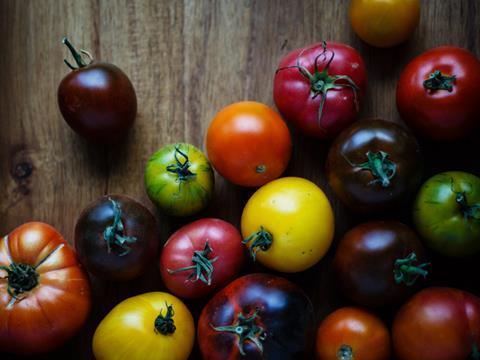
New varieties of fruit and vegetables are becoming increasingly prevalent on supermarket shelves. Hot-pink radishes, mango-flavoured grapes and rainbow carrots are part of a new wave of products appearing in the aisles of premium grocers.
But are consumers actually looking for non-traditional alternatives to their fruit and vegetables? Or are premium supermarkets simply targeting quick-win tactics to drive sales in a bid to beat the discounters?
High-end retailers have always played the quality card. For example, they were among the first to offer a wide range of organic fruit and vegetables. But now appearance is becoming a key factor in the drive to boost market share.
Increasingly, consumers – particularly younger ones – want ‘Instagrammable’ food, or something quirky and alternative. Convenience remains key but now the aesthetic of food is an important part of buyers’ decision-making.
We’ve seen premium supermarkets tap into this with more innovative and modified produce, giving them a clear point of differentiation in the fight against discount retailers. But often discounters are replicating this innovation in a bid to continue their recent gains in market share. And this increasing competition is shortening the product lifecycle – the time until a unique or premium product is copied and competition is more about price. As a result, the time for product development is also shortened for certain crops.
Read next: Water scarcity means there’s no such thing as ‘guilt-free’ fruit & veg
Grocers have always needed to maintain their competitive edge by offering the latest new trends. Yet most of this pressure is on premium retailers, given how much ground they have lost to discounters in recent years. Keeping ahead of competitors requires significant resource, including ongoing investment in research and development.
What can premium retailers do to stay ahead?
To really remain competitive and keep up with the pace of demand, it’s essential that retailers stay at the forefront of consumer trends. This, of course, is easier said than done.
Forming exclusivity strategies with suppliers can help grocers maintain a competitive edge, selling one-of-a-kind products that others fail to replicate. Partnering with supply chain firms, meanwhile, can help to speed up the innovation process.
So what’s next in the pipeline?
Fruit and vegetables that are ‘snackable’ in nature are already proving popular. We expect to see this ‘bite-size’ food trend grow more widespread, with retailers stocking even more fruit and veg products that are easy to prepare or are ready-to-eat.
While appearance and trends are driving sales, so is choice. We’re seeing new types of more traditional vegetable products like kalettes and bimi – variations of traditional sprouts and broccoli – as well as kohlrabi, which is part of the cabbage family and something we expect to increase in popularity again. These formats of the crop are often more aesthetically pleasing, too.
Finally, we’re undoubtedly likely to see more seasonal innovation in the coming months as Christmas approaches. This is the logical time for retailers to introduce themed fruit and veg, as consumer spending increases and customers are more likely to try fun alternatives to spice up the traditional turkey dinner.
Clearly, consumers are responding well to creative fruit and veg alternatives, as long as the taste is outstanding too. But premium supermarkets must up their game to ensure they are kept abreast of these ever-changing demands and are first to market with their innovations.
Ultimately, this will help to shore up their defences against the discounters who have price on their side.
Cindy van Rijswick is analyst for fruit, vegetables and floriculture at Rabobank



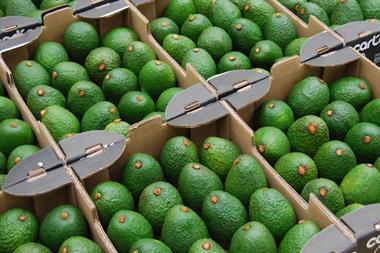



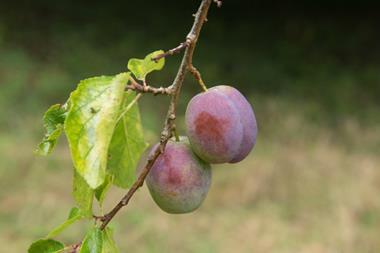
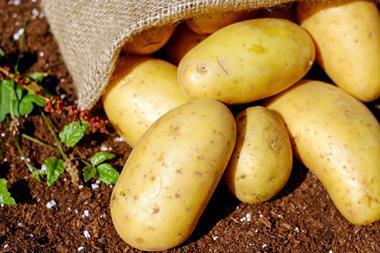

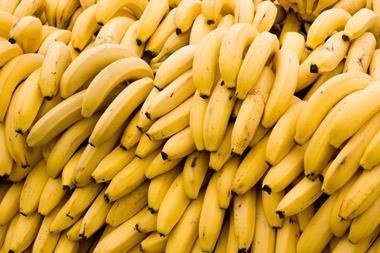
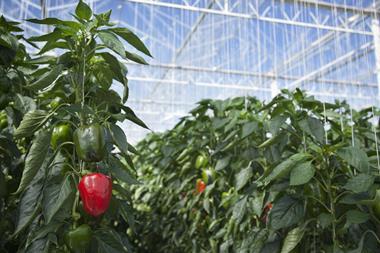


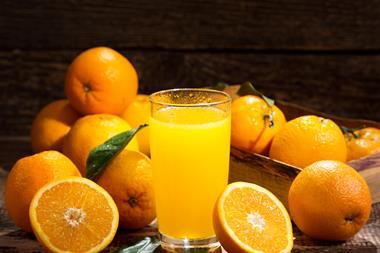
No comments yet